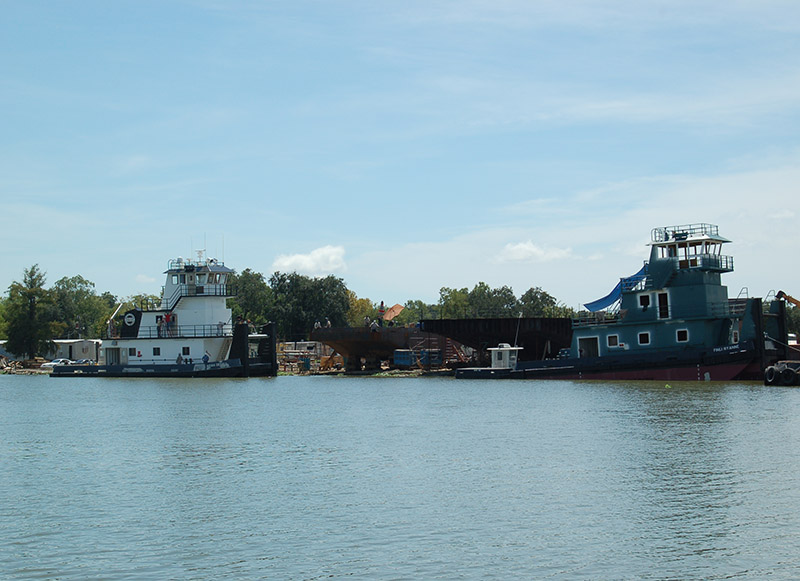The towing industry has experienced its fair share of casualties that have resulted in commercial and property losses, pollution, and loss of life.
Studies say that 60% to 80 % or more of these incidents are primarily caused by “human-system interphase” failure, or human factors. Therefore there was a need to look beyond existing regulations for uninspected towing vessels and adopt consistent and lasting procedures to address the human element weak link.
The cornerstone of good safety management is well laid out procedures, good documentation, commitment, competence, attitude and motivation of everyone in the company, whether onshore or at sea.
Subchapter M towing vessel regulations, which entered into force on July 20, aims to establish such a comprehensive safety system framework that includes company compliance, vessel compliance and various standards for vessels. The regulations incorporate many new requirements governing the design, construction, equipment, safeties, certification, records and operation of towing vessels.
Operators will have two options for compliance with Subchapter M:
1. Coast Guard inspection. Towing vessels that choose this option must undergo annual inspection three months within its certificate of inspection (COI) anniversary date. The Coast Guard must be contacted to schedule an inspection. The annual inspection is similar to a COI inspection. This option will involve yearly inspection fees, availability of USCG officers, and could necessitate taking the vessel out of service until successful completion of the inspection.
2. Towing Safety Management System (TSMS) option. Towing vessels that choose this option must obtain a TSMS certificate six months before its COI. The TSMS has to be approved by a third party organization. The TSMS option will provide reasonable autonomy to individual operators to run their own TSMS with minimal oversight from the USCG.
A well-structured TSMS should address procedures for safe practices in vessel operation and safe working environment. It should also contain procedures to assess all identified risks to vessels, personnel and environment and establish appropriate safeguards. Other important features of a TSMS include procedures for document/data control and recordkeeping, training needs and employment criteria, and procedures to continuously improve the safety management skills of personnel onboard and onshore, including preparing for emergencies related to safety and environment.
Towing vessel operators face many daily operational challenges, and the burden of Subchapter M compliance will add to their workloads. However, experience with the IMO’s International Safety Management System has shown that a Safety Management System can be an effective tool in reducing maritime accidents.
As towing vessel operators become more familiar with the requirements of Subchapter M, they may find that it provides a framework for improvement in safety and operational efficiency that will benefit the entire industry.




